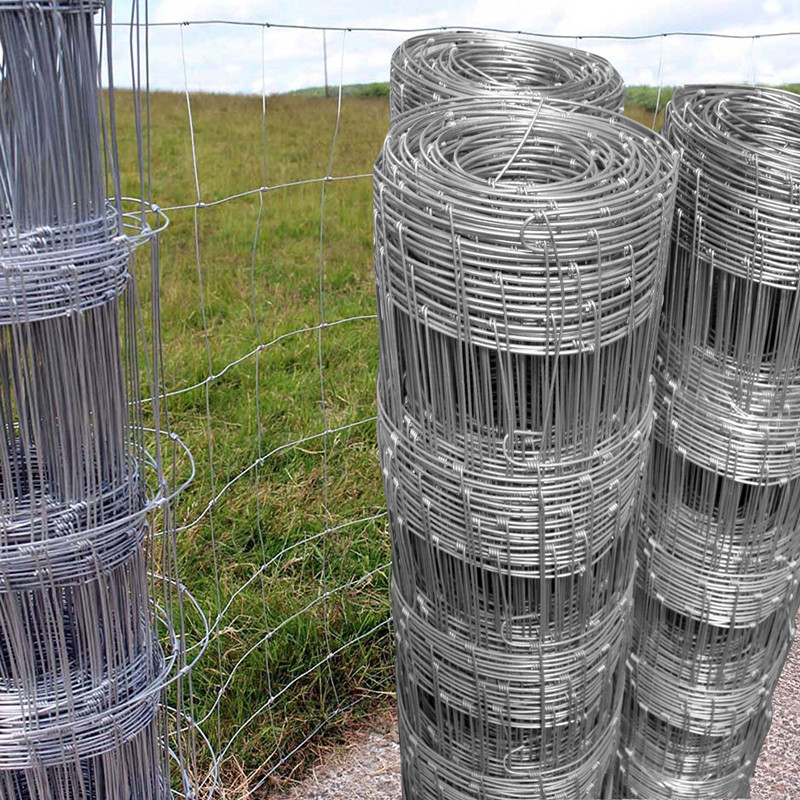8 月 . 21, 2024 21:06 Back to list
Explore the Best Options for Purchasing Livestock Wire Fencing for Your Farm Needs
Buying Livestock Wire Fencing A Comprehensive Guide
When it comes to managing livestock, one of the essential components of a successful operation is having the right fencing in place. Whether you’re raising cattle, sheep, goats, or any other farm animals, investing in high-quality wire fencing is crucial for the safety of your animals and the integrity of your property. In this article, we will explore the key factors to consider when buying livestock wire fencing, as well as the types of fencing available on the market.
Understanding Your Needs
Before diving into the specifics of wire fencing materials and types, it’s important to assess your particular needs. The type of livestock you are raising greatly affects the type of fence you should consider. For example, larger animals like cattle may require sturdier fencing compared to smaller animals such as chickens. Evaluate the size of your property, the number and type of livestock you own, and any unique features of your land that might influence your fencing decision.
Types of Wire Fencing
1. Barbed Wire This is one of the most common types of livestock fencing. Barbed wire consists of two strands of wire with sharp barbs twisted at intervals. It is affordable, durable, and effective at keeping larger livestock contained. However, barbed wire can be harmful if animals get caught in it, so it is essential to monitor their interactions with the fence closely.
2. High-Tensile Wire This type of fencing is made from high-strength wire that can withstand significant tension. High-tensile fencing is strong and can cover large areas without sagging. It is suitable for various types of livestock and is designed to last longer than traditional barbed wire if properly maintained.
3. Field Fencing Also known as stock fencing, this consists of vertical and horizontal wires creating a grid pattern, which helps to keep animals contained. Field fencing is versatile and is often used for smaller livestock like sheep and goats, as it does not have sharp edges that could injure the animals.
4. Electric Fencing Electric wire fencing delivers a mild shock to deter animals from escaping. It can be used as a primary fence or as an additional line of defense alongside traditional fencing. While it can be a good option for keeping livestock contained and predators out, proper installation and maintenance are crucial for safety and effectiveness.
buy livestock wire fence

Considerations When Purchasing Fencing
When buying livestock wire fencing, consider the following factors
- Material Quality Ensure you select fencing made from high-quality, corrosion-resistant materials. This will greatly enhance the lifespan and reliability of your fencing.
- Height and Spacing The height of the fence and the spacing of wires are important to contain the specific type of livestock you have. Research the best specifications for your particular animals to prevent escapes.
- Local Regulations Check any local regulations regarding fencing requirements in your area. Some regions may have specific rules about the type of fencing allowed for livestock.
- Cost and Installation Budget plays a significant role in fencing decisions, so compare prices and understand the total cost, including installation. If you’re not installing the fence yourself, consider hiring professionals to ensure it is properly erected.
Conclusion
Investing in proper livestock wire fencing is a critical step in ensuring the safety and management of your animals. By understanding your needs, exploring different types of fencing, and paying attention to key purchasing factors, you can make an informed decision that will benefit both your livestock and your property in the long run. A well-fenced area not only keeps animals safe but also offers peace of mind to farmers and ranchers alike.
-
Temporary Fence Base Products Durable & Reliable Manufacturer Solutions
NewsMay.30,2025
-
Best Africa Chicken Netting Hexagonal Wire Mesh Durable & Weatherproof
NewsMay.30,2025
-
Australian Temporary Fence Solutions Durable & Reliable Products
NewsMay.30,2025
-
Galvanized Steel Gabion Net & Trusted Gabion Factory Solutions High Durability
NewsMay.29,2025
-
Top-Rated Removable Fences Durable & Easy-Install Solutions
NewsMay.29,2025
-
Steel Expanded Metal Mesh Fence
NewsMar.07,2025



